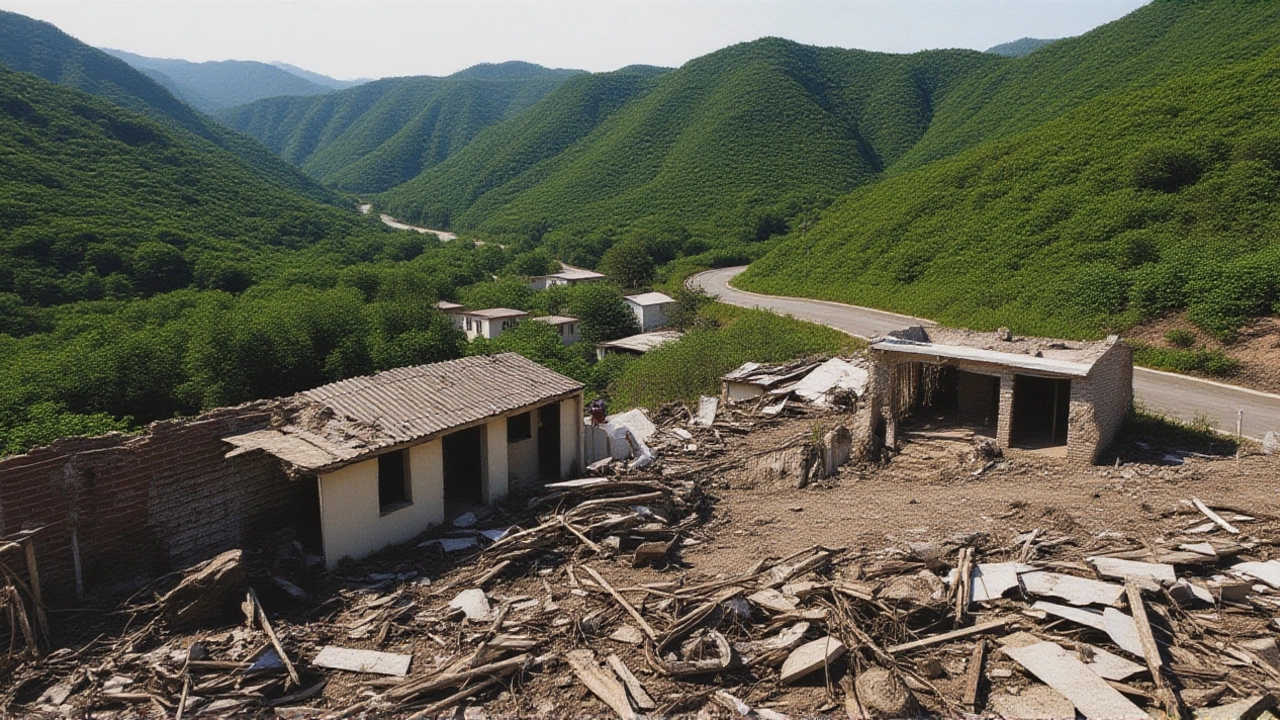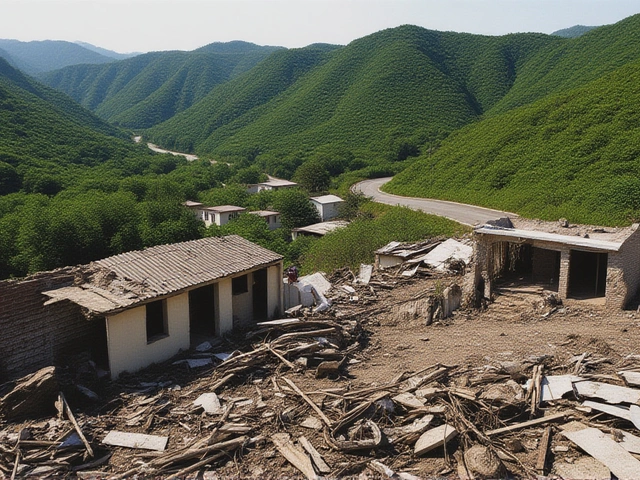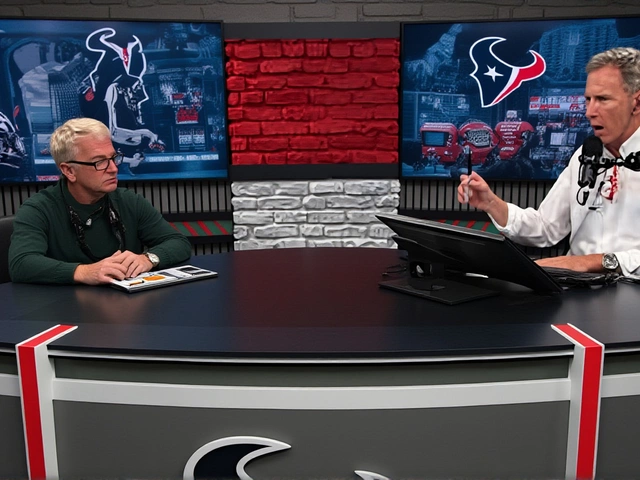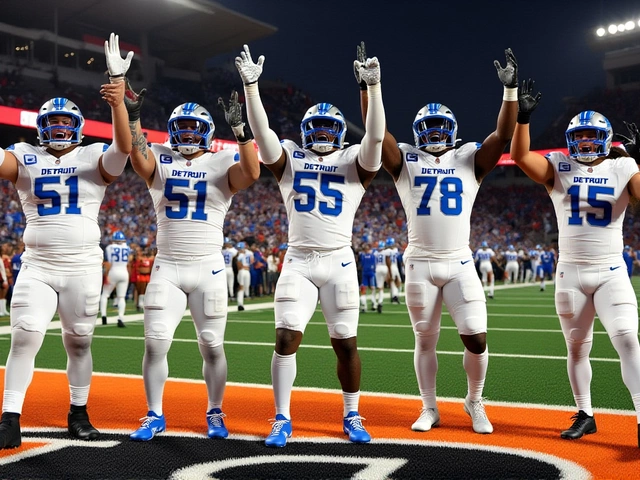On October 29, 1998, a storm that had already shattered records became a slow-motion apocalypse. Hurricane Mitch, once a Category 5 behemoth with 180-mile-per-hour winds, stalled just off the coast of Honduras and began to drown the country in rain—75 inches of it, in some places. What followed wasn’t just a hurricane. It was a geological unraveling. Landslides buried entire villages. Rivers turned into torrents that swept away homes built on riverbanks. By the time it dissipated on November 9, Hurricane Mitch had killed more than 11,000 people across Central America, displaced over two million, and left behind a scar that still hasn’t fully healed.
The Perfect Storm—And Why It Didn’t Move
Most hurricanes are fast, brutal, and gone. Hurricane Mitch was different. It formed as a tropical wave off West Africa on October 10, drifted across the Atlantic, and by October 22 had become a tropical depression south of Jamaica. Within days, it exploded into a Category 5 storm—the strongest October hurricane ever recorded at the time—with a central pressure of just 905 millibars. That’s lower than most Category 5s. The wind speeds? 290 kilometers per hour. The ocean was warm. The upper atmosphere was calm. Mitch had everything it needed to become a monster.
But the real killer wasn’t the wind. It was the stall. Atmospheric conditions locked Mitch in place over the northeastern coast of Honduras for nearly four days. The storm’s massive circulation pulled moisture from both the Caribbean and the Pacific, then dumped it all over the same mountains and valleys. Some towns received more rain in four days than they normally see in two years. When the ground couldn’t absorb it, it slid. And when it slid, it took everything with it.
The Casita Volcano and the Forgotten Villages
Nowhere was the horror more concentrated than at the Casita Volcano in Nicaragua. The volcano’s crater, already saturated, collapsed under the weight of the rain. A wall of mud—thicker than concrete, faster than a freight train—roared down its slopes, burying two villages alive. Around 1,500 people died in that single event. Rescue teams arrived days later to find only a flat, muddy field where homes, schools, and churches had stood.
In Honduras, the toll was equally chilling. About 25 villages vanished entirely. In the northern coastal region, banana plantations—Honduras’ economic lifeline—were wiped out. Whole towns near rivers simply disappeared. The capital, Tegucigalpa, was paralyzed. People who lived in informal settlements on steep hillsides had no warning system. When the rains came, the hills gave way. Houses, livestock, and people tumbled into the swollen rivers below.
Economic Ruin and a Nation in Shambles
The human cost was staggering. But the economic damage was worse. Honduras lost nearly a quarter of its GDP in one storm. Banana exports, which accounted for 40% of its foreign earnings, dropped by 90%. Roads, bridges, power lines—all gone. The country’s entire agricultural sector collapsed. In 1999, Honduras’ economy shrank by 2%. That’s not a recession. That’s a collapse.
And recovery? It didn’t come quickly. Even five years later, many families were still living in temporary shelters. Children missed years of school. Farmers couldn’t afford new seeds. The government, already poor, was bankrupt. Carlos Roberto Flores, who became president just weeks before the storm hit, faced the impossible task of rebuilding a nation with no money, no infrastructure, and no time.
Global Aid and the Limits of Compassion
The world responded. Over $6.3 billion in international aid poured in—from the United States, the European Union, the World Bank, and dozens of NGOs. Former U.S. presidents George H. W. Bush and Jimmy Carter personally led relief missions. The Red Cross and Doctors Without Borders set up field hospitals in the mud. But money doesn’t rebuild trust. It doesn’t restore soil. It doesn’t bring back the dead.
And here’s the cruel irony: the very thing that made Hurricane Mitch so deadly—its slow, rain-heavy crawl—is exactly what climate scientists now say will become more common. Warmer oceans mean more moisture. Weaker steering winds mean storms stall. Mitch wasn’t just a freak of nature. It was a preview.
Legacy of a Name Retired
The World Meteorological Organization doesn’t retire hurricane names lightly. Only the most catastrophic storms get the honor—or the stigma. Hurricane Mitch was retired in 1999, never to be used again. That’s how rare its destruction was. Today, when meteorologists speak of "Mitch-like" conditions, they’re not just talking about wind. They’re talking about systemic failure. About communities built on the edge. About governments unprepared for the next one.
Even now, in places like the northern coast of Honduras, you’ll find families who still talk about Mitch like it happened yesterday. They remember the smell of wet earth and rotting food. The sound of a mountain collapsing in the dark. The silence after the rain stopped, when there was no one left to scream.
Frequently Asked Questions
Why was Hurricane Mitch so much deadlier than other hurricanes?
Unlike most hurricanes that move quickly, Mitch stalled over Central America for days, dumping up to 75 inches of rain in some areas. This caused catastrophic flooding and landslides—especially in mountainous regions where people lived in vulnerable, informal settlements. The slow movement turned a powerful storm into a prolonged disaster, overwhelming emergency systems and making rescue nearly impossible.
How did Hurricane Mitch affect Honduras’ economy long-term?
Honduras lost nearly 25% of its GDP in 1998–1999. Banana exports, the backbone of its economy, collapsed by 90%, and it took over five years to recover production levels. Infrastructure damage cost billions, and the government had to take on massive debt to rebuild. The country’s economic growth stagnated for nearly a decade, and poverty rates climbed sharply, especially in rural areas that never received full aid.
What role did international aid play in recovery?
Over $6.3 billion in aid was pledged, but much of it was slow to arrive or mismanaged. While emergency relief saved lives, long-term reconstruction projects often lagged due to bureaucracy and corruption. Former U.S. presidents Bush and Carter helped mobilize resources, but local governments lacked the capacity to implement large-scale rebuilding. Many communities received temporary shelters but never got permanent housing.
Why was the name "Mitch" retired by the World Meteorological Organization?
The name "Mitch" was retired because it caused unprecedented death and destruction in Central America, with over 11,000 fatalities and $10 billion in damages. The WMO only retires names of storms with exceptional impacts, and Mitch remains the deadliest Atlantic hurricane in the satellite era. It was replaced with "Milton" in the rotating list, but the name "Mitch" is now permanently associated with catastrophe in the region.
Are similar storms likely to happen again?
Yes. Climate change is increasing sea surface temperatures and weakening steering winds, making slow-moving, rain-heavy hurricanes more likely. Studies show storms like Mitch—stalling over land for days—are becoming more frequent. Central America remains especially vulnerable due to poverty, deforestation, and poor infrastructure. Without major investments in drainage, early warning systems, and housing standards, future storms could be just as deadly.
Did any infrastructure survive Hurricane Mitch?
Remarkably, the ancient Mayan ruins at Copán in Honduras survived intact. Archaeologists believe the site’s sophisticated drainage systems—built over a thousand years ago—helped channel floodwaters away from temples and plazas. This ancient engineering stood where modern roads and homes failed, offering a sobering lesson in resilience.





